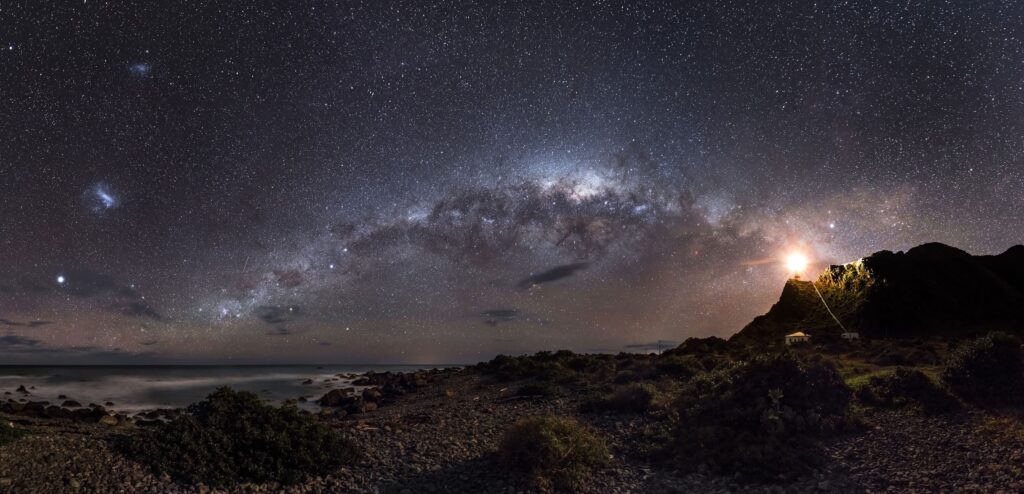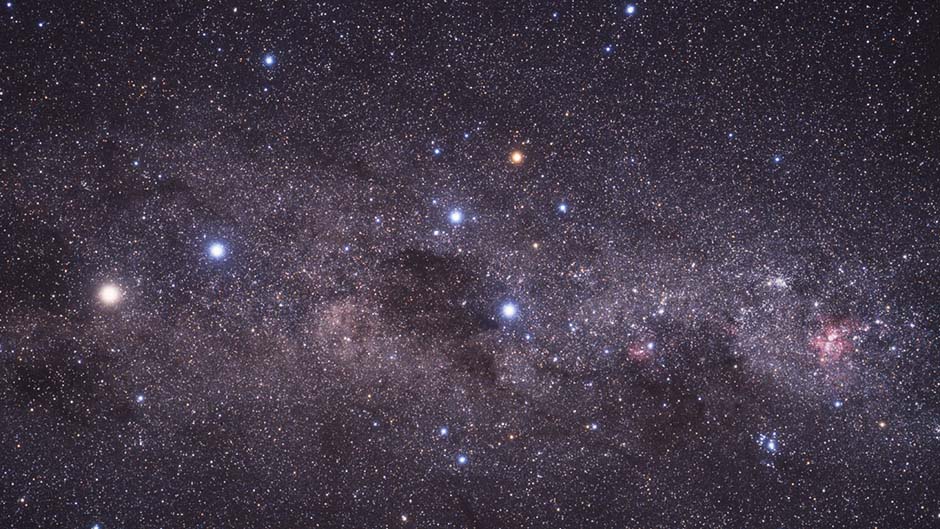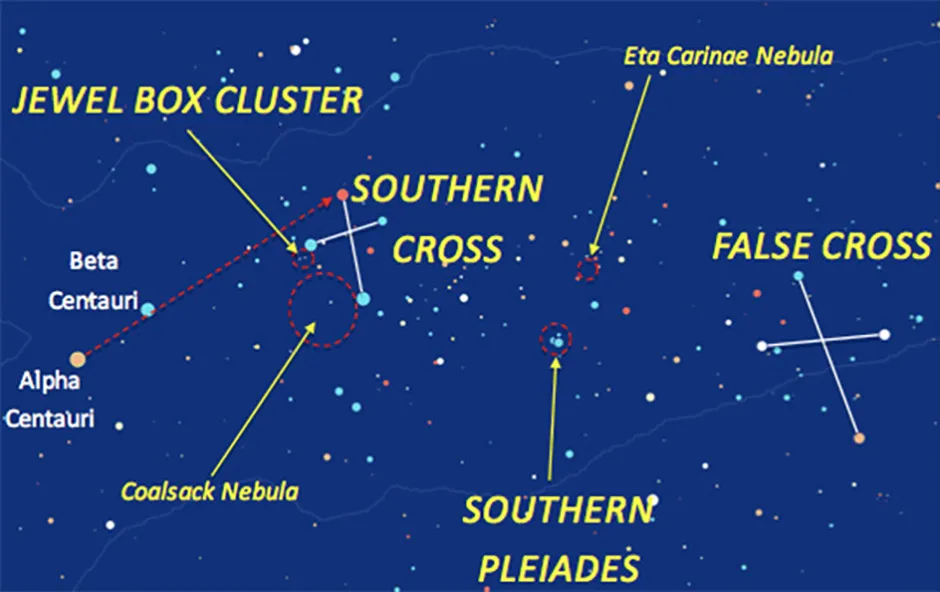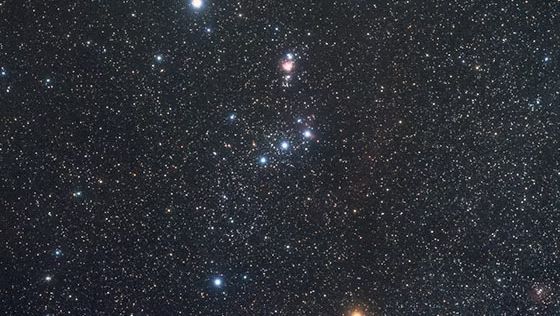There are a billion reasons to visit the Western Cape

Stargazing in the Western Cape offers some of the best opportunities in the world, with its dry, rain-free summers providing ideal conditions for observing the night sky. Minimal cloud cover ensures clear, uninterrupted views of celestial wonders. Whether you’re a casual observer, an astronomer, or an astrophotographer, the region offers a perfect backdrop for stargazing.

The best locations for stargazing in the Western Cape are the Cederberg Mountains and The Karoo which offer beautiful views and dark skies. Just driving through the Karoo at night away from the city lights offers spectacular views of the Milky Way.
To enjoy Stargazing in the Western Cape to its fullest, you will need a telescope, a star map, and a pair of binoculars. For the clearest skies, plan your visit between September and May. Remember the Nights can be cold, so dress warmly and bring blankets.

Western Cape stargazing adventures
Paarl
At the monument to the Afrikaans language in Paarl, visitors can enjoy a stargazing experience through telescopes provided by The Orion Observation Group. The Stargazing Picnics are family events where everyone gets a chance to look at the night sky through their telescopes. Contact: Serena Ingamells (082 729 2716).
Prince Albert
Astro tours in Prince Albert will give you a horizon-widening experience, stargazing remains a weather-dependent activity and the phase of the Moon should also be taken into account when planning a tour over the night sky.
Oudtshoorn
Night sky tours are expert-led tours that are designed to spark your curiosity and enhance your understanding of the celestial world. The tours are guided by skilled astronomers using cutting-edge telescopes.
Cederberg
At the Cederberg amateur astronomical observatory is a perfect stargazing adventure for the whole family, Its location out in the ‘wilderness’ adds to its sense of adventure and mystery.
Observatory
The South African Astronomical Observatory. Every 2nd and 4th Saturday of the month is
Open Night at the Observatory is when a talk is presented concerning the stars, galaxies, and the universe, followed by a chance to look at the night sky with telescopes. 8 pm no charge.
Cape Town City
The planetarium is a celestial theatre in the round, It has had a 21st-century makeover with a Digital Dome, making it the most advanced planetarium on the continent. With a 360-degree screen, it utilises the complex Minolta star machine and multiple projectors to transport the audience through the wonders of the universe.
Each of these places provides a unique way to experience the night sky. Head away from the city lights and experience a stargazing adventure.
Link to The Astronomical Society of South Africa The ASSA is a vibrant community where amateur and professional astronomers alike find a gateway to the cosmos. Open to everyone, ASSA embraces members irrespective of their astronomy knowledge or experience.
Astrophotography
There are exceptional opportunities for night sky photography when stargazing in the Western Cape. To capture stunning images: you will need a camera with manual settings and a tripod See a beginner guide to astrophotography
The South African National Space Agency
As far back as 1841, a Magnetic Observatory was operating at the University of Cape Town. That Observatory joined an international network of observatories as part of the International Commission for the Polar Year in 1932. It was relocated to Hermanus in 1940 when the advent of an electric railway system began interfering with magnetic measurements in Cape Town. Visitors are invited to SANSA to enjoy their interactive exhibits.
Some Constellations you can see in the Southern Hemisphere
- Circumpolar Constellations: These are always visible in the Southern Hemisphere.
- Southern Cross – This is the brightest constellation.
- Centaurus – Has the highest number of visible stars.
- Vela – Contains the Vela Pulsar, which emits pulsating radio signals.
-
- Jewel Box Cluster – This is a colourful star cluster.
- Omega Centauri – This is a massive star cluster with over two million stars.
- Coalsack Nebula – This is the Milky Way’s most prominent dark nebula.
- Eta Carinae Nebula – This area is home to one of the galaxy’s most massive and unstable stars.
- Magellanic Clouds – Nearby Galaxies the Large and Small Magellanic Clouds are visible to the naked eye. These galaxies appear as bright, white patches in the sky and are among the most spectacular celestial sights.
Differences between the Southern and Northern Hemispheres
-
- Stargazing in the Western Cape will be in the Southern Hemisphere so constellations like Orion appear to be upside-down compared to the Northern Hemisphere.
- The Moon’s phases progress from left to right instead of right to left.


